Autonomous VTOL X-Plane Advances to Next Design Phase
Northrop Grumman will leverage its expertise in autonomous vertical lift aircraft to advance the design and system technology for DARPA's ANCILLARY autonomous VTOL un-crewed aircraft systemBy / 30 May 2024AV to Develop its Wildcat Autonomous Vtol UAS for Darpa's Ancillary Program
AeroVironment (AV) was down selected by the Defense Advanced Research Projects Agency (DARPA) for continued development of its X-Plane design for the agency’s AdvaNced airCraft Infrastructure-Less Launch And RecoverY (ANCILLARY) program. AV’s offering – Wildcat – is a Group 3 vertical take-off and landing (VTOL) uncrewed aircraft system (UAS) developed specifically to execute ship-based operations in challenging maritime environments.
“We have prioritized controllability to ensure Wildcat meets the ‘anytime, anywhere’ goal of DARPA’s ANCILLARY program,” said AV’s Vice President of MacCready Works Chris Fisher. “Wildcat leans on autonomy to reduce operational burdens while enabling safe, infrastructure-less launch and recovery in challenging conditions from a range of Navy ships.”
Wildcat leverages AV’s SPOTR-Edge machine learning-enabled computer vision to enhance mission effectiveness.
This capability builds on operational learnings AV has gained as a leader in the Group 1 to 3 UAS space with millions of operational flight hours on its Raven®, Puma™ AE, and JUMP® 20 uncrewed systems.
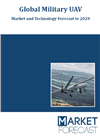
Global Military UAV - Market and Technology Forecast to 2029
Market forecasts by Region, Technology, Propulsion, Endurance, MTOW, Range, Launching system, Application, and End User. Market and Technologies Overview, Market Dynamics, Events Forecast, and Leading Companies
Download free sample pages More information- Designed specifically for the ANCILLARY program, Wildcat meets DARPA’s objectives for a 450 nautical mile (nmi) mission radius and over 12 hours of endurance on station with 60 lbs of payload.
- Additionally, Wildcat exceeds program objectives for sea state recovery and cruise speed, with the ability to operate in high sea states and winds, and dash over 100 knots to quickly cover long distances over sea or land.
- It is designed to operate as part of a larger fleet of Wildcat UAS that leverage collision-avoidance and autonomy to deconflict airspace and collaborate to perform search missions in degraded or denied airspace.
View original News release
RELATED UPLOADS ON THIS BLOG
16 February 2024
The UK and Latvia will jointly lead a capability coalition, which will see thousands of drones supplied to Ukraine
Feb 16, 2024
UK to Supply Thousands of Drones As Co-leader
of Major International Capability Coalition for Ukraine
The UK and Latvia will jointly lead a capability coalition, which will see thousands of drones supplied to Ukraine, including first-person view (FPV) drones, which have proven highly effective on the battlefield.
By creating a competition to produce these drones at scale and at an affordable price point, the UK will leverage the strength of Western industry.
- It will see the UK order thousands of FPV drones for Ukraine, including from UK manufacturers, providing a boost to the industry and delivering on the Prime Minister’s priority to grow the economy.
26 September 2022
AeroSpace & Defense News: The Business of Drones
The next-generation navigation system features a suite of down-looking sensors that gather imagery data and track features on the ground, as well as an embedded compute module to process and determine the precise location of an aircraft while it is in flight. Designed with the operator in mind, the system automatically transitions to and from GPS-denied navigation mode without any input from the operator.

AeroVironment’s Puma™ VNS is a visual-based navigation system for PumaAE small unmanned aircraft systems (SUAS). PumaVNS enables GPS-denied navigation across GPS-contested environments. The system performs Visual Inertial Odometry (VIO) through a suite of integrated sensors and an onboard compute module to determine the precise location of the aircraft during flight.
Designed to adapt to a continuously changing battlefield, PumaVNS will enable increasingly advanced navigation capabilities, features and functionality through future software and hardware updates. Available as an add-on option for new Puma 3 AE system orders and as a retrofit kit for fielded Puma 2 AE and Puma 3 AE aircraft.KEY FEATURES
» Zero pilot input required for seamless mission continuity through GPS-contested environments
» Two-piece low-SWAP retrofit kit on existing & new Puma™ AE
» Performs Visual Inertial Odometry (VIO) through onboard sensors to estimate true location without GPS
» Enables integration of future autonomy capabilities
» Minimal performance impact to Puma™ aircraft
» Compact—Fits into existing Puma™ case for mission packout
- System determines precise location of the aircraft during flight without relying on GPS
- Will enable increasingly advanced navigational capabilities, features and functionality through future software and hardware updates
- Available as an add-on option for new Puma 2 AE and Puma 3 AE system orders and as a retrofit kit for fielded systems
The system will provide operators with continually advanced navigation capabilities, features and functionality through anticipated software and hardware updates. The system will also enable the integration of future autonomy capabilities.
“Puma VNS gives operators an unprecedented advantage in the battlefield,” said Trace Stevenson, AeroVironment vice president and product line general manager for SUAS.

Aircraft Communication System Market - Global Forecast to 2027
by Connectivity (SATCOM, VHF/UHF/L-Band, HF and Data Link), Fit (Line Fit, Retrofit), Platform (Fixed-wing, Rotary-wing, UAVs and eVTOL/eSTOL), Component and Region
The next-generation navigation system features a suite of down-looking sensors that gather imagery data and track features on the ground, as well as an embedded compute module to process and determine the precise location of an aircraft while it is in flight. Designed with the operator in mind, the system automatically transitions to and from GPS-denied navigation mode without any input from the operator.
Source: AeroVironment, Inc.
Date: Sep 16, 2022
View original News release
14 February 2024
Contracts Update - Wed Feb 14, 2024
 |
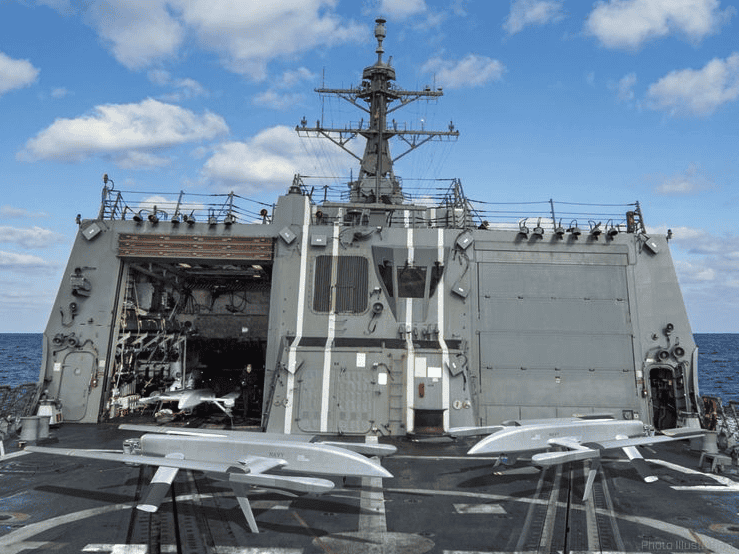


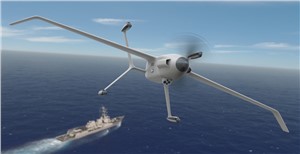
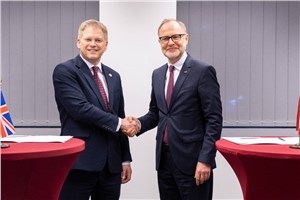
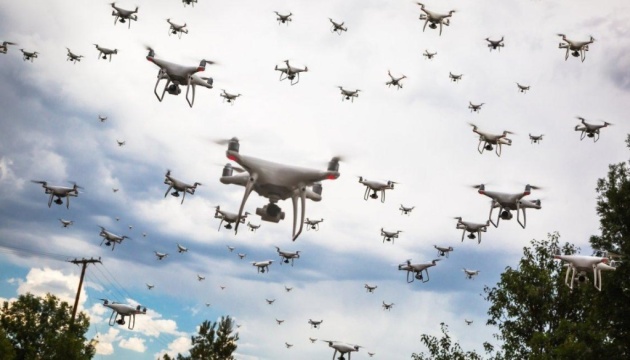
.jpg)
.jpg)
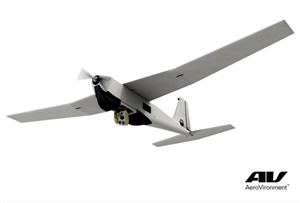










No comments:
Post a Comment